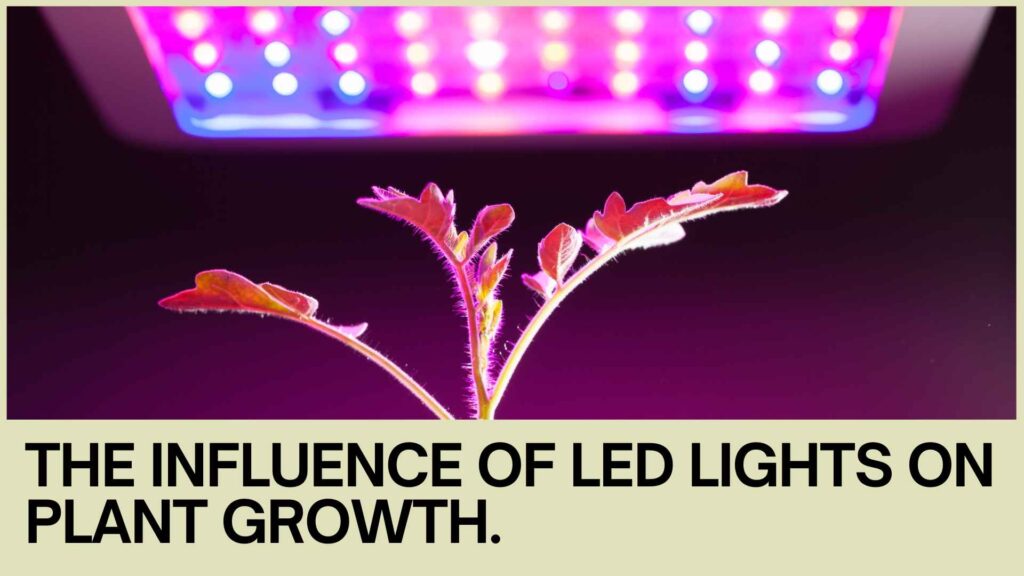The impact of LED lights on plant growth and development has emerged as a pivotal topic in modern agricultural practices. Light Emitting Diodes (LEDs) are advanced lighting solutions that offer precise control over light spectra, intensity, and duration. LEDs can be tailored to meet the specific light needs of various plant species, acting as plant growth regulators. This enhances their growth. LEDs are invaluable in both commercial agriculture and home gardening.
LED Effects on Plant Growth
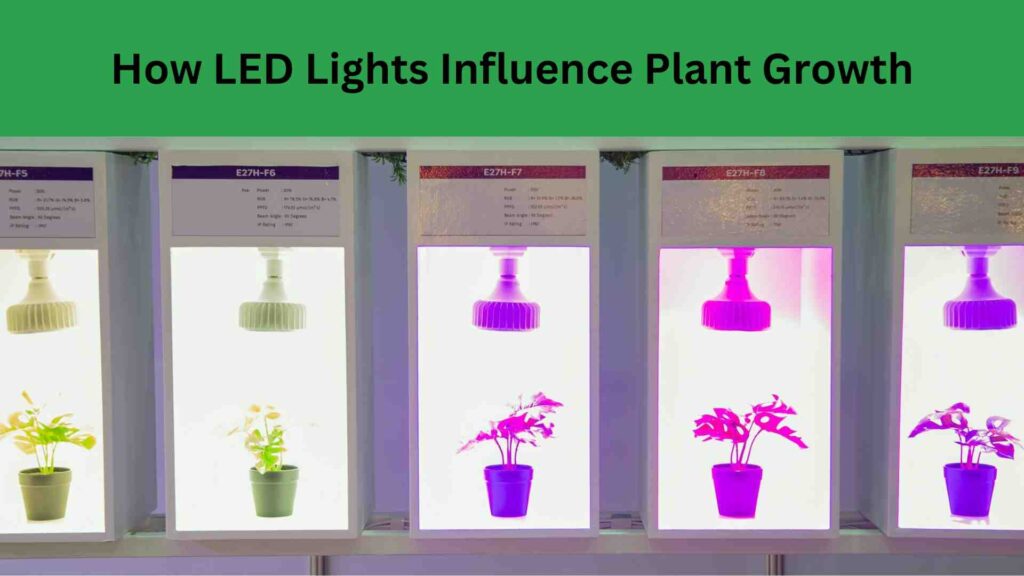
LED lights exert their influence on plant growth through several key mechanisms, leveraging specific light wavelengths tailored to plant needs:
- Photosynthesis Boost : Plants rely on photosynthesis to convert light energy into chemical energy. LED lights, particularly those emitting red and blue wavelengths, optimize this process. Red light enhances the photosynthetic efficiency of chlorophyll, while blue light stimulates chlorophyll synthesis, crucial for robust primary growth in plants.
- Shaping Plant Growth : Beyond photosynthesis, the specific light spectra emitted by LED lights can influence various aspects of plant morphology. Different wavelengths affect stem elongation, leaf expansion, and overall plant structure. This lets growers customize light conditions. They can encourage desirable growth regulator patterns for specific crops and growth stages.
- Biochemical Responses: Do LED lights grow plants? LED lights also impact plant metabolism and biochemical pathways. Certain wavelengths can stimulate the production of secondary metabolites such as antioxidants and phytochemicals. These compounds not only enhance plant resilience to environmental stressors but also contribute to improved nutritional quality in crops. Energy-efficient LED bulbs can be particularly beneficial in these applications, promoting both plant growth and sustainability.
Advantages of Using LED Lights in Agriculture
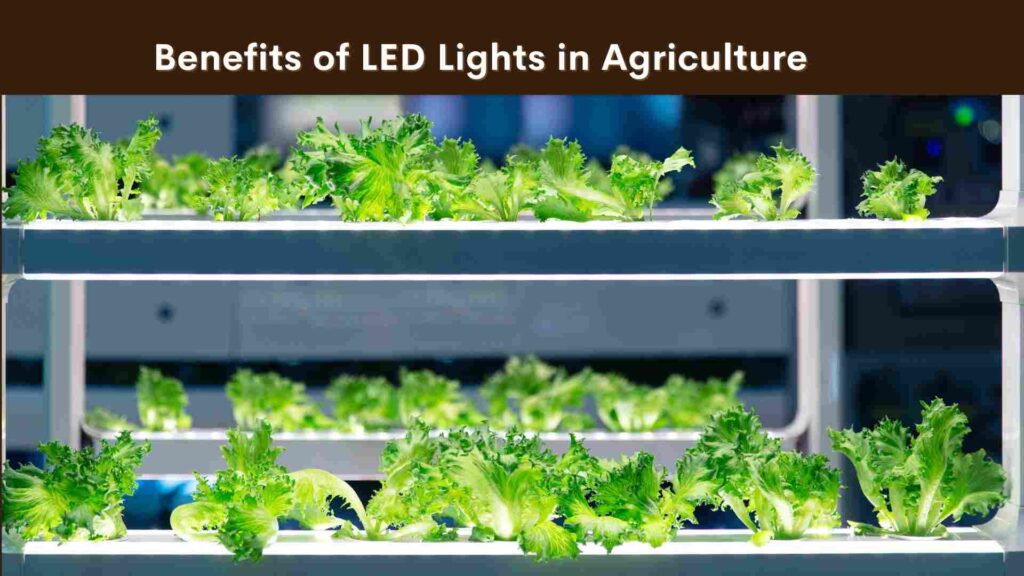
LED lights offer numerous benefits that make them increasingly popular in modern agriculture:
- Energy Efficiency: LED lights are significantly more energy-efficient light bulbs compared to traditional lighting systems such as fluorescent or incandescent bulbs. They convert a higher percentage of electrical energy into usable light, rather than heat, which reduces electricity costs and makes them ideal for sustainable farming practices. The energy savings can be substantial, especially in large-scale agricultural operations.
- Customized Lighting : One of the key advantages of LED technology is its ability to emit light in specific wavelengths that can be tailored to match the exact requirements of different plants and growth stages. Free energy-saving light bulbs are particularly effective in delivering the necessary red and blue wavelengths crucial for photosynthesis and plant growth. Additionally, far-red light can influence flowering and fruiting. By customizing light, growers can optimize plant growth, enhancing crop quality and improving overall yield.
- Environmental Benefits : Natural plant growth regulators contribute to sustainable farming practices by reducing overall energy consumption and greenhouse gas emissions. Their efficiency in enhancing plant development means less energy is wasted. This makes natural plant growth regulators an environmentally friendly choice for agriculture. Unlike synthetic chemicals, natural plant growth regulators do not contain hazardous materials like mercury, making disposal safer and less harmful to the environment.
- Uniform Light Distribution : Proper light distribution is crucial for maximizing plant growth and development . Energy-saving lights, such as LED fixtures, provide uniform light distribution across growing areas. This ensures consistent light intensity for all plants. Uniform light helps achieve balanced growth. It leads to higher crop yields compared to uneven lighting.
Practical Applications in Agriculture
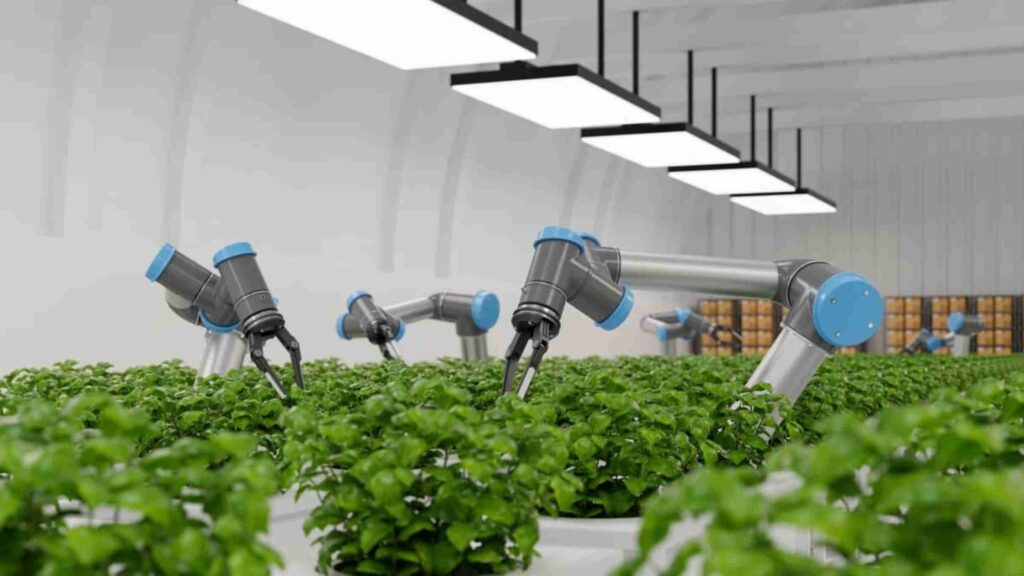
LED lights are applied in various agricultural settings to enhance productivity and crop quality:
Vertical Farming Solutions : In urban areas and regions with limited agricultural space, LED lights are pivotal in vertical farming systems. These setups use vertical stacks of growing trays. They are equipped with LED lighting. This allows farmers to maximize space. They achieve high-density crop cultivation. By providing consistent and tailored light, vertical farms optimize growth. They cater to different crops throughout their cycles.
Greenhouse Advancements : LED lights have revolutionized greenhouse cultivation by providing precise control over light conditions. Greenhouses equipped with LED lighting systems can extend growing seasons, improve crop quality, and increase overall yield. The ability to adjust light intensity and spectra based on money plant growth tips ensures optimal growth conditions, regardless of external weather conditions. This technology is particularly beneficial for cultivating high-value crops that require specific light and temperature regimes for optimal development.
Successful Case Studies : Across the agricultural industry, numerous case studies highlight the transformative impact of LED lighting on crop productivity. From increasing lettuce yields to enhancing tomato flavor, tailored LED solutions improve agricultural outcomes. Successful implementation of LED technology, proving that LED lights can grow plants, boosts economic efficiency. It supports sustainable farming practices by reducing resource consumption. LEDs also lower environmental impact.
Challenges and Considerations
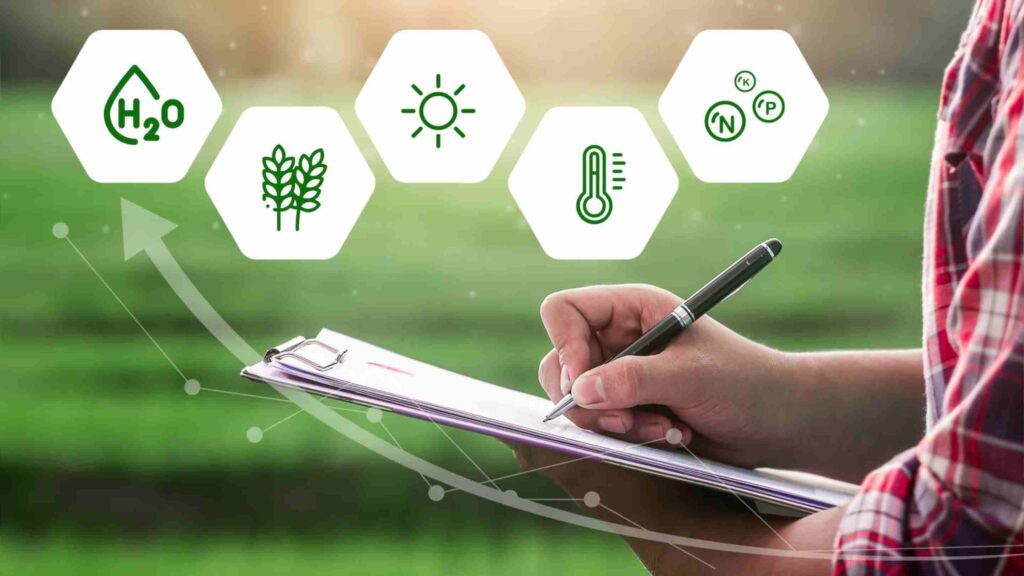
While LED lights offer numerous benefits, their adoption in agriculture also presents certain challenges that growers need to consider:
Initial Investment vs. Long-term Gains: One of the primary considerations for farmers is the initial cost of implementing LED lighting systems. LED lights are energy-efficient and durable but cost more upfront than traditional lights. However, consider upfront costs versus long-term savings from reduced energy use, maintenance, and crop yield.
Light Distribution Challenges: Ensuring uniform light distribution within growing spaces is crucial for maximizing the benefits of LED lights. Variations in light intensity or uneven coverage can lead to inconsistent plant growth and development. Farmers must carefully plan the placement of LED fixtures and consider factors such as light angle and spacing to achieve optimal results across all crops.
Despite these challenges, advancements in LED technology and ongoing research into lighting optimization techniques continue to address these concerns. Innovations in smart lighting systems and controls aid farmers with automated adjustments and real-time monitoring.
Farmers can maximize benefits with LED technology. LED lights enhance efficiency and sustainability in agriculture. They help mitigate challenges in crop production adoption.
Future Trends and Innovations in LED Technology
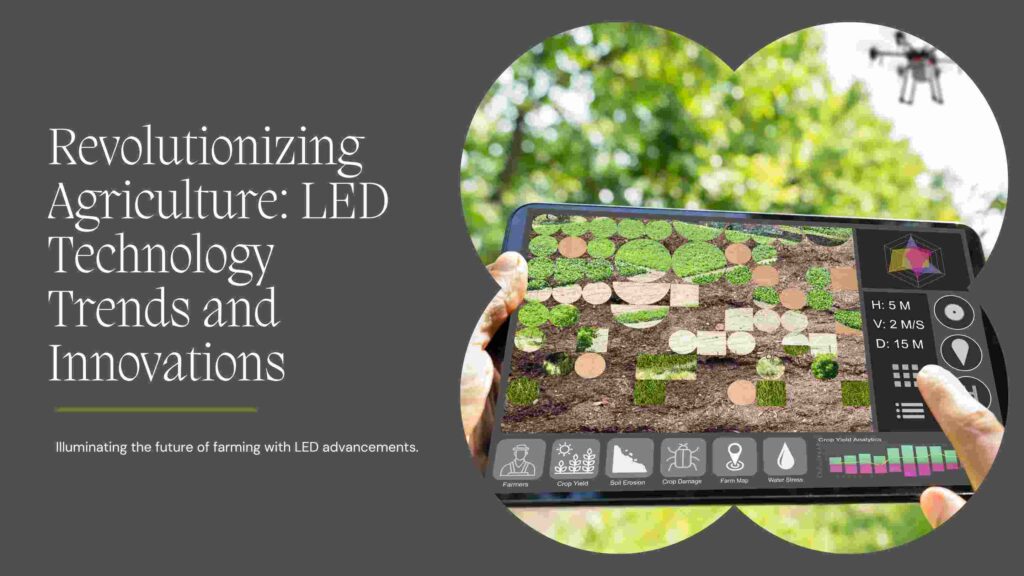
The future of LED technology in agriculture looks promising, with ongoing advancements and innovations aimed at enhancing efficiency and performance:
Smart Farming Integration: The integration of smart technologies with LED lighting systems is revolutionizing agricultural practices. Sensor-based systems and artificial intelligence (AI) algorithms allow farmers to monitor and control light spectra, intensity, and duration based on real-time data. This precision optimizes growth conditions for higher yields and better resource management tailored to crops.
Technological Enhancements: Continuous research and development efforts are focused on improving the efficiency and efficacy of LED lights. Innovations in light spectrum optimization, heat management, and durability are expanding the capabilities of LEDs in agriculture. For example, Advancements in LED chip design and cooling systems are enhancing energy efficiency while maintaining optimal light quality for plant growth.
Technological advancements maximize agricultural productivity, promoting sustainable farming by reducing energy use. They minimize environmental impact and enhance crop resilience. The impact of LED lights on plant growth and development is significant. LED technology evolves in agriculture, expanding opportunities for higher yields and sustainable practices.
Also Read More ; Grow Light Control System
Conclusion
In conclusion, LED lights revolutionize agriculture by enhancing plant growth and development. In this article, LED technology enhances photosynthesis, shapes plant morphology, and boosts biochemical processes.
Furthermore, the impact of LED lights on plant growth and development extends beyond productivity gains. It fosters sustainable agricultural practices by minimizing resource consumption and environmental footprint. As more growers adopt LED technology, they not only experience higher yields and healthier plants but also contribute to a greener and more efficient farming ecosystem. Embracing these advancements underscores a commitment to innovation in agriculture, paving the way for future advancements in food production and environmental stewardship.
Despite the initial investment required and challenges such as ensuring uniform light distribution, ongoing advancements in LED grow lights continue to address these issues. Can light therapy lamps be used for plants? Innovations in smart farming integration and technological enhancements promise further improvements in efficiency and effectiveness.

